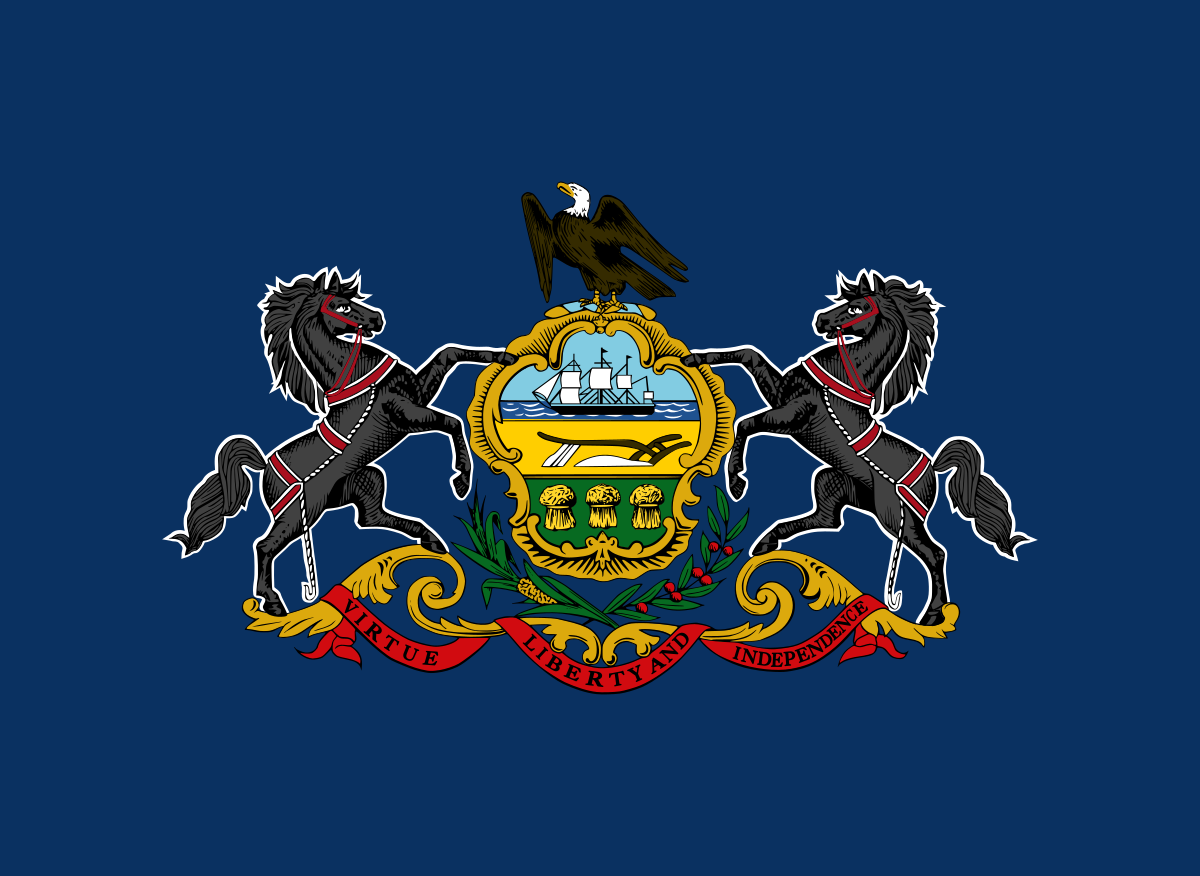
Luis Maya is a freshman honors student and Path program scholar double-majoring in political science and economics from Nashville, Arkansas. He is a proud Arkansan and has a passion for public service, law, and politics. After college, Luis hopes to pursue law school, return to Nashville, and begin a lifelong career in Arkansas.
From its active engagement in every presidential election since becoming a state to its highly sought 19 electoral votes, Pennsylvania has always played an active role in deciding elections – usually for Democrats. The state’s voting pattern began in 1992 and signaled a definite favor, as it gave its electoral votes to every Democratic candidate, except for 2016, then returned to its usual pattern. This year’s election is unlike anything; it has exhibited unprecedented events, unforeseen circumstances, and memorable candidates, which make it extremely difficult to predict an outcome in contrast to prior elections.
Unlike many states, Pennsylvania’s demographics and geography do not provide a clear indicator: more than three-quarters (80.6%) of the state’s population is non-Hispanic White, so the white working-class voters are the crucial voting bloc for both candidates, but it is not as easy as it sounds. As Democrats keep gaining ground in suburban and urban areas of Pennsylvania, rural, exurban, and deep inner city areas are turning in the opposite direction, again providing no clear winner. Pennsylvanians seem to only agree on election issues such as the economy, the future of our democracy, immigration, and abortion, where they are a top priority. Yet again, these priorities do not favor one candidate over the other, but it did result in both candidates morphing policy to address Pennsylvanian voters.
Shifting our attention to the candidates, it is worth noting that Presidential Candidate Vice President Harris will not have President Biden’s home-state advantage, but she does have a myriad of never-before-seen partnerships and individuals supporting her that Biden did not need or have. Former Congresswoman Liz Cheney and over 100 Republican leaders from across Pennsylvania, who have served under Republican presidents and presidential nominees from Reagan to Trump, have joined Harris in competitive counties to appeal to Pennsylvania Republicans, a historic and beneficial move. On the other side of the aisle, Former Democratic Presidents Clinton, Obama, and Biden have joined Harris many times in strategic Pennsylvania regions. Clinton in rural/suburban areas to bring back blue-collar voters, Obama in urban cities to energize and turn out voters, and Biden in Pittsburgh to attract union and labor voters. Harris has created a very large political tent and has accumulated hundreds of historic Republican endorsements, while President Trump does not have the endorsement or active campaigning of a single former Republican President, former Vice President, presidential nominee, or any Democratic figure. Harris has an extremely strong upper hand with surrogates in Pennsylvania.
Since 1998, Democrats have held a voter registration advantage Republicans have been unsuccessful in closing until this election cycle. In 2020, Democrats had a 900,000~ voter registration advantage, which Republicans have narrowed to slightly below 300,000 this election cycle, the closest ever. Voter registrations are a great way to measure the presidential race in Pennsylvania, but it is not a guarantee. Hillary Clinton, for example, had a 900,000 voter registration advantage over Donald Trump in 2016, but still lost the state in the Electoral College. Harris will come into this election with the narrowest voter registration difference in decades; this is not the end-all-be-all for her campaign. Early voting mail-in has already started to be reported. It paints a very favorable picture for Democrats. As of 10/24/2024, 60% of returned ballots were by registered Democrats, 30% by registered Republicans, and 10% by other registered parties. Ultimately, the election results will come down to turnout, not just in early voting but on Election Day. Another method of measure is polling. Since August, every high-quality poll, according to 538, New York Times, The Hill, and others, has Harris with a slight edge over Trump, all within the margin of error.
Prediction: Kamala Harris’ campaign strategy and policy in targeting urban, suburban, and rural areas, using former Presidents and a vast array of Republicans, alongside a leading command in early voting, will result in her winning Pennsylvania and reinforcing the “blue wall” again.
